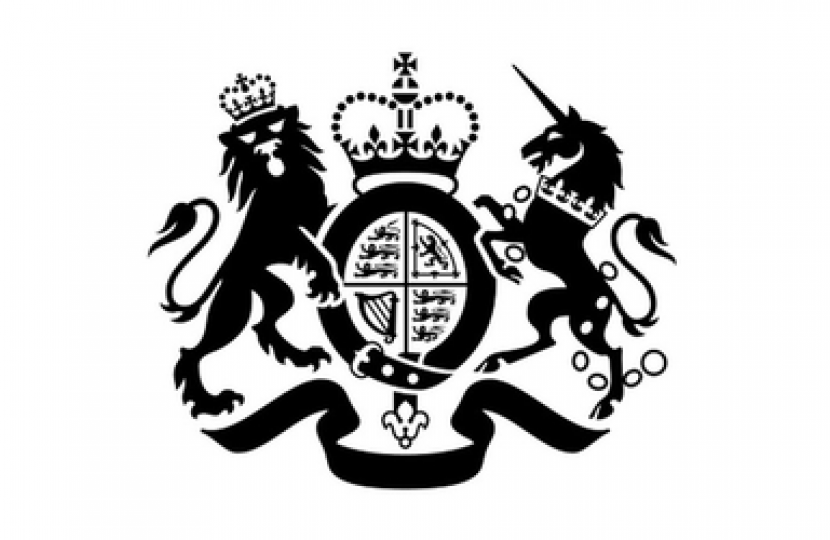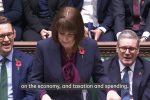
Dear Colleague,
I am writing following the announcement that my Department is updating its guidance on the use of face coverings in schools and colleges.
As the Prime Minister has made clear, our priority is for all pupils and students to return to schools and colleges safely. At each stage, we have listened to the latest medical and scientific advice – in order to ensure pupils, parents and staff are further assured of the safety of returning to school which, as you know, is so vital for young people.
On 21 August, the World Health Organisation (WHO) published a new statement advising that “children aged 12 and over should wear face coverings under the same condition as adults, in particular when they cannot guarantee at least a 1 metre distance from others and there is widespread transmission in the area.”
Areas of national government intervention
In line with this advice, we have updated our guidance to state that, in local lockdown areas of national government intervention, face coverings should be worn by adults and pupils in secondary schools and colleges when moving around, such as in corridors and communal areas where social distancing is difficult to maintain. These areas are listed on gov.uk.
Areas outside national government intervention
Nationwide, we are not recommending that face coverings are necessary outside local lockdown areas because there is a system of controls for schools and colleges to reduce the risk of transmission. However, schools and colleges will have the discretion to require the use of face coverings in communal areas where social distancing cannot be safely managed, if they believe that it is right in their particular circumstances.
How this will work
This advice relates to communal areas, such as corridors, but does not apply to classrooms. This is because protective measures in place in classrooms already mean the risks are lower, and there is a concern face coverings could inhibit teaching and learning. The system of controls will sufficiently minimise risk in classrooms, including by keeping students in small and consistent groups and providing greater scope for physical distancing by staff within classrooms.
This revised approach applies to pupils in Year 7 and above, in middle and secondary schools, and students in colleges, and will also be reflected in guidance to universities. It does not apply to pupils in primary schools where the risks to children are lower.
Updated guidance on face coverings has been published and will come into effect from 1 September.
Yours sincerely,
Rt Hon Gavin Williamson CBE MP, Secretary of State for Education


